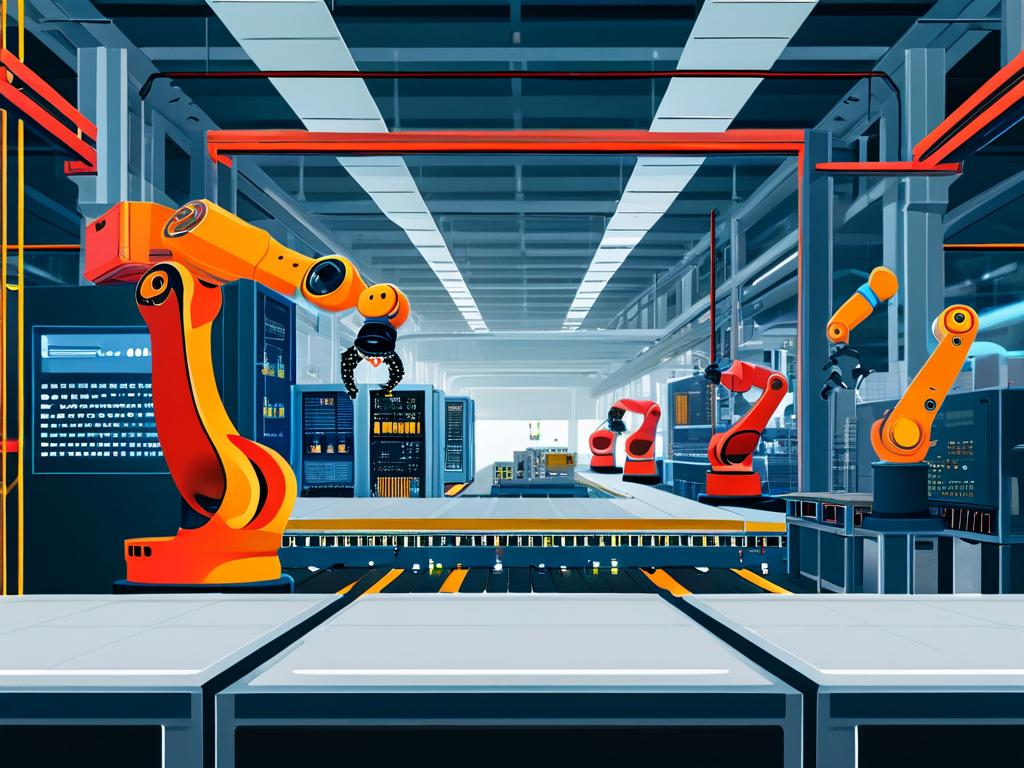In the era of big data, dimensionality reduction has become a critical step for improving computational efficiency and enhancing model performance. This article explores widely-used algorithms that simplify complex datasets while preserving essential patterns, offering insights into their practical implementations.

Understanding Dimensionality Reduction
Dimensionality reduction techniques transform high-dimensional data into lower-dimensional representations without significant information loss. This process addresses challenges like the "curse of dimensionality," where excessive features degrade machine learning model accuracy and increase computational costs. By eliminating redundant variables, these methods improve visualization clarity and reduce storage requirements.
Principal Component Analysis (PCA)
As one of the oldest linear dimensionality reduction methods, PCA identifies orthogonal axes (principal components) that maximize variance in the data. By projecting features onto these axes, PCA creates uncorrelated variables ordered by their importance. A key advantage lies in its interpretability—users can quantify how much variance each component captures. However, PCA struggles with nonlinear relationships and may oversimplify complex structures in datasets like images or sensor readings.
t-Distributed Stochastic Neighbor Embedding (t-SNE)
Specializing in visualization, t-SNE excels at preserving local structures in high-dimensional data. It calculates probability distributions to represent similarities between points in both original and reduced spaces, emphasizing cluster separation. Widely used for exploratory data analysis, t-SNE helps reveal hidden patterns in biological datasets or document clusters. Its non-deterministic nature and computational intensity, however, make it less suitable for real-time applications.
Uniform Manifold Approximation and Projection (UMAP)
Emerging as a faster alternative to t-SNE, UMAP combines topological theory with optimization techniques. It constructs a weighted graph representing data relationships and optimizes a low-dimensional equivalent. With better preservation of global structure and faster execution, UMAP handles larger datasets effectively. Open-source libraries like Python's UMAP-learn have driven its adoption in genomics and social network analysis.
Linear Discriminant Analysis (LDA)
Unlike unsupervised methods, LDA incorporates class labels to maximize separation between categories. By finding axes that optimize between-class variance relative to within-class variance, it enhances classification performance. Financial institutions frequently use LDA for credit scoring systems, though its linear assumptions limit effectiveness on complex datasets.
Autoencoders in Deep Learning
Neural network-based autoencoders compress data through encoder-decoder architecture. The bottleneck layer forces the network to learn efficient representations. Variants like convolutional autoencoders excel at image denoising, while variational autoencoders generate synthetic data. These models require substantial training data and computing resources but offer unparalleled flexibility in capturing nonlinear patterns.
Practical Considerations
Choosing an algorithm depends on specific requirements:
- Data characteristics: Linear vs nonlinear relationships
- Task objectives: Visualization vs feature engineering
- Resource constraints: Processing power and time limitations
Hybrid approaches are gaining traction, such as combining PCA with t-SNE for preliminary noise reduction. Recent research also focuses on adaptive techniques that automatically select optimal dimensions using entropy measures or information criteria.
Code Implementation Example
Below demonstrates PCA using scikit-learn:
from sklearn.decomposition import PCA pca = PCA(n_components=2) reduced_data = pca.fit_transform(X)
As data complexity grows, understanding these algorithms' strengths and limitations becomes essential for building efficient analytical pipelines. Future developments may integrate quantum computing principles or biological inspiration from neural processing mechanisms.









